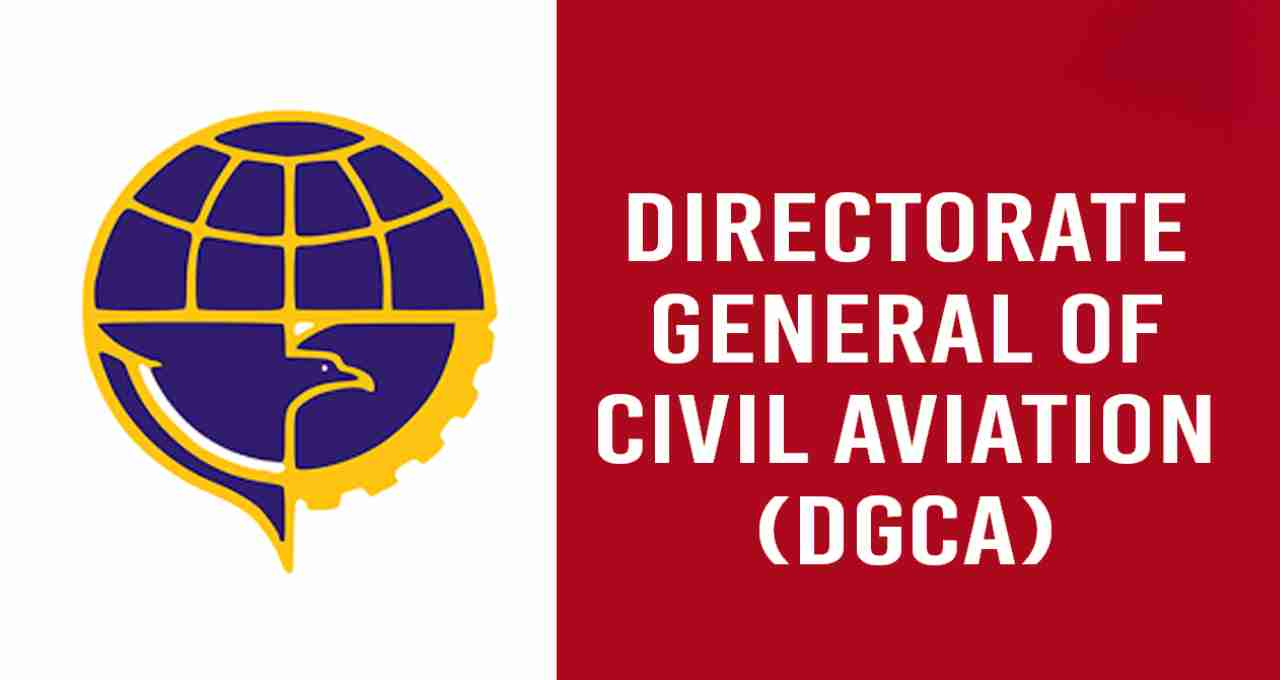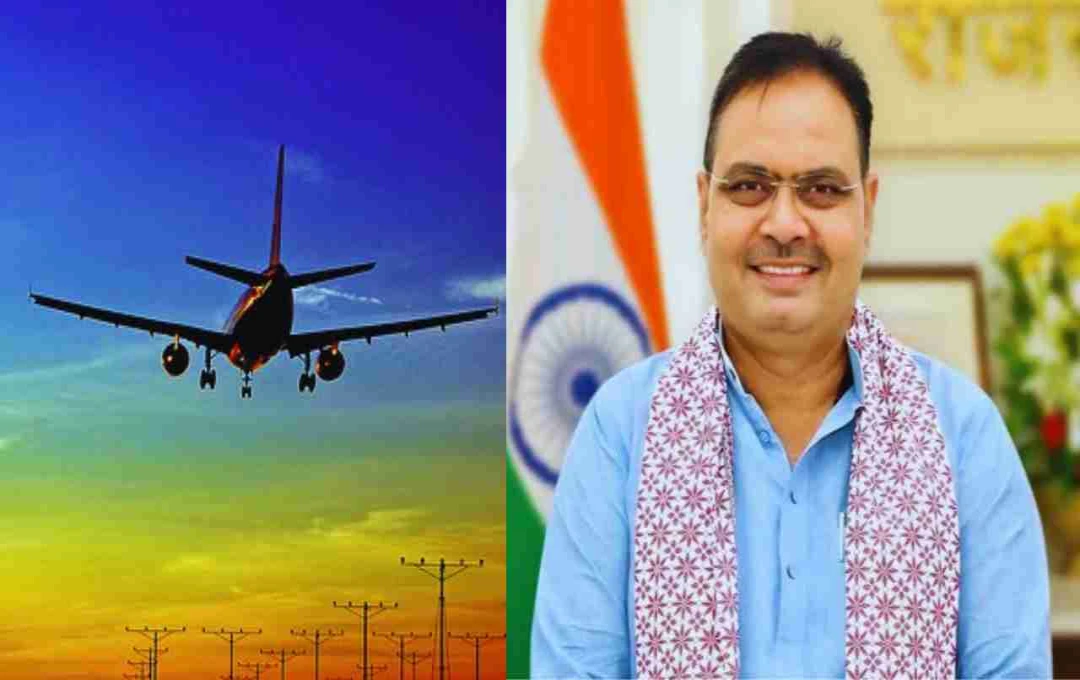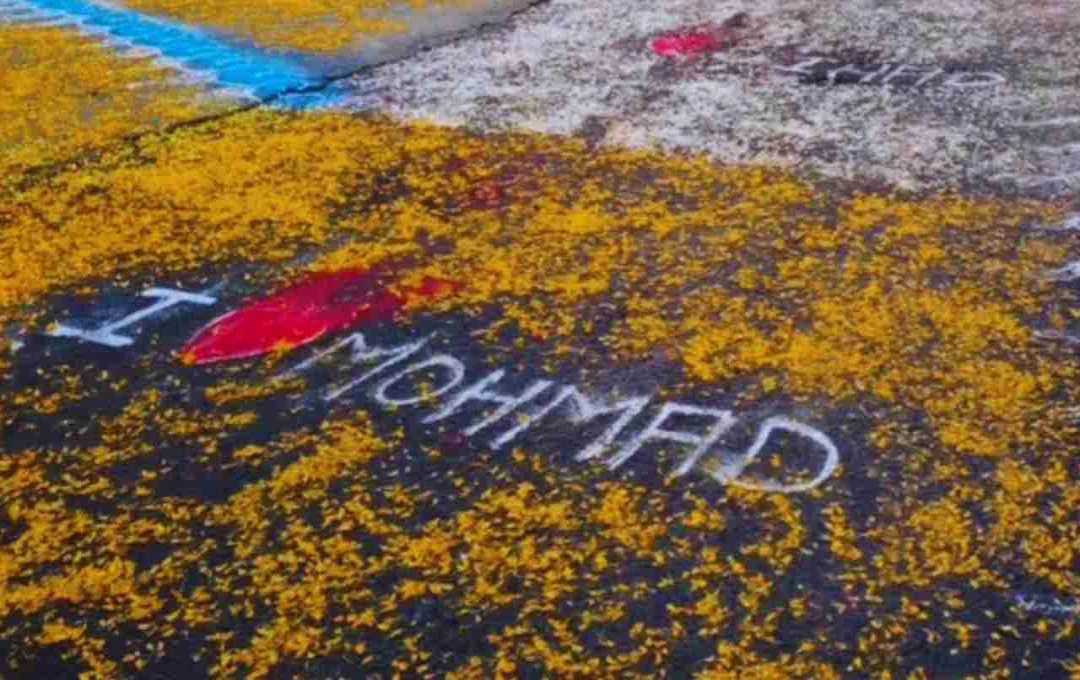Rajasthan Chief Minister Bhajan Lal Sharma's plane landed on the wrong runway. The DGCA has initiated an investigation, and the pilots have been grounded.
CM Bhajan Lal: A significant flight oversight occurred during Rajasthan Chief Minister Bhajan Lal Sharma's official trip, raising serious questions about piloting skills, safety, and pre-flight planning. On July 31st, the Chief Minister's chartered plane, en route from Delhi to Phalodi, landed on a runway that was not the designated military airbase but a nearby civil airstrip. The incident is now under investigation by the aviation regulatory body, DGCA (Directorate General of Civil Aviation).
Plane Lands on Civil Runway Instead of Military Airbase
The Dassault Falcon 2000 aircraft, reserved for the Chief Minister, was scheduled to land directly at the Indian Air Force Station (IAF) in Phalodi. However, the pilots landed it at a local civil airstrip approximately 5 kilometers away. The error was discovered when the pilots realized upon landing that it was not the intended runway.
The aircraft soon took off again and this time landed at the correct location – the Air Force Station. The Chief Minister then departed according to the scheduled program and returned to Jaipur a few hours later. Meanwhile, the aircraft had already flown back to Delhi that night.
DGCA Action: Pilots Grounded Pending Investigation

The Directorate General of Civil Aviation (DGCA) has taken the matter seriously and initiated an investigation. Based on preliminary information, the pilots have been barred from any flight operations until the investigation is complete. The DGCA clarified that the incident is not just a "pilot error" but also points to a lack of communication and information.
Runway Similarity Contributed to Confusion
According to sources, the structure and shape of the civil airstrip and the IAF station's runway are quite similar. It is speculated that the visual similarity may have confused the pilots. An official stated, "Both runways look alike, and such incidents can occur if proper briefing is not given before the flight." Following the incident, the charter company submitted a 'wrong landing' report to the DGCA, acknowledging the error on the part of the pilots and assuring measures to prevent such incidents in the future.
Extremely Sensitive Matter from a Safety Perspective

Experts say that the incident indicates a serious safety breach. Civil airstrips are generally not designed to withstand the weight and speed of large business jets. The length of the runway, materials used, and technical backup are much more limited compared to a military airbase. If the pilots had not recognized the error in time, the aircraft could have been damaged on the runway, potentially endangering the passengers' lives.
According to a senior aviation analyst, "It's just a 5-kilometer mistake, but the associated risks are extraordinary. An unauthorized landing in a military area can alert security agencies, and if the pilots had tried to stay longer on the civil runway, a serious reaction was possible."
Questions Raised About the Charter Company's Responsibility
The charter service provider company has officially reported the 'wrong landing' to the DGCA, but it remains under investigation whether the company provided its pilots with accurate and complete information before the flight. Experts believe that it is the operator's responsibility to provide pilots with complete information about the structure, condition, and surrounding areas of the runway before each flight.














